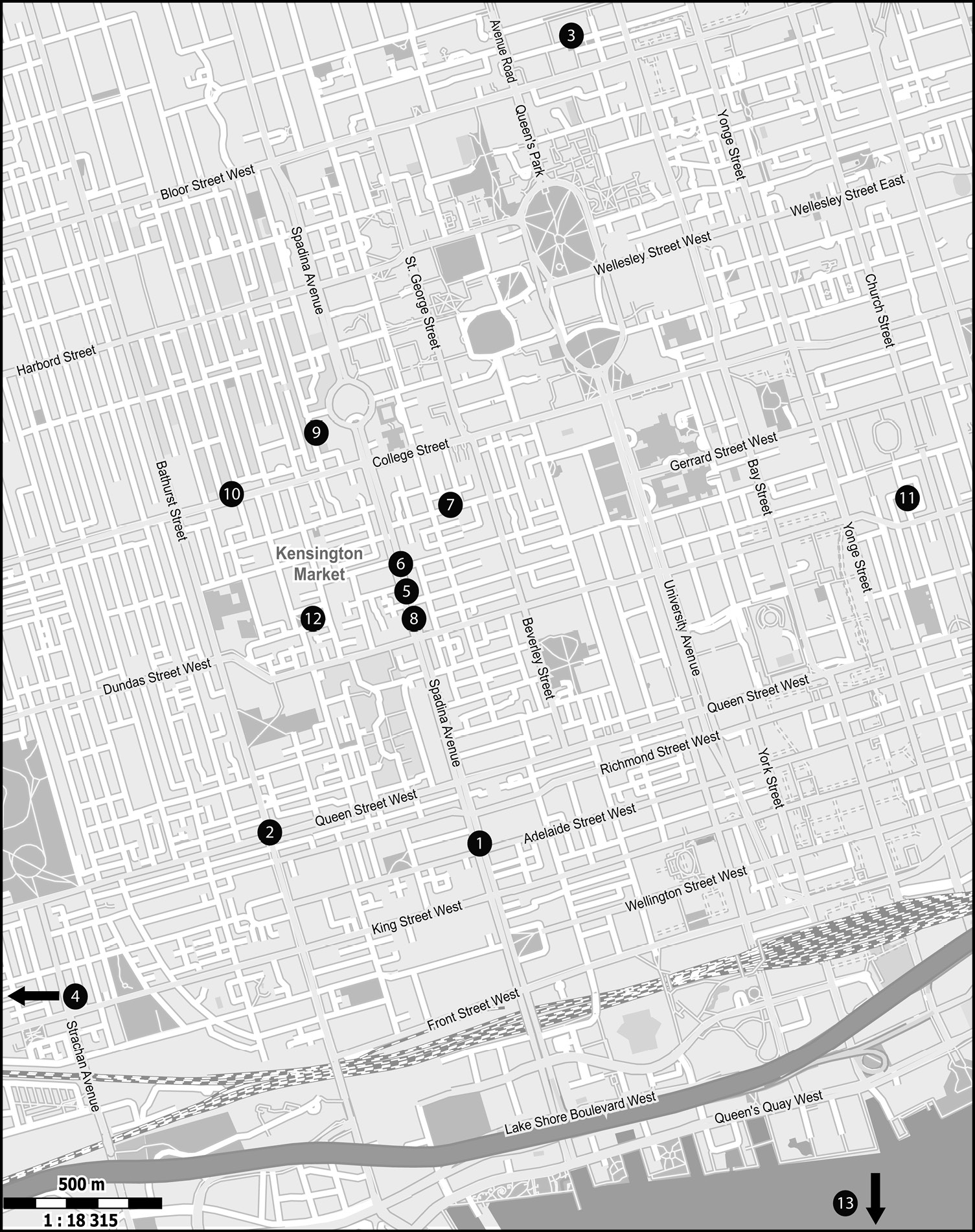A Little History to Explain this Story
In the late 1800s and early 1900s, the Russian Empire covered much of Eastern Europe. It was ruled by the tsar and a wealthy group of nobles who enjoyed great luxury while workers lived in poverty. Jewish people suffered more than most, being persecuted for their religion, and sometimes robbed, attacked, or even killed in savage anti-Semitic raids called pogroms.
Workers in Eastern Europe, including some Jews, rebelled against these injustices. Some wanted to band together into unions, to fight for better pay and working conditions. Others wanted a “Communist” state in which the government controlled all property and distributed benefits equally among the citizens. These ideas spread around the world, and they alarmed people who owned property and were afraid of losing it.
As ocean travel became easier, many Europeans migrated to North America—often with empty pockets—to build a new life. They were sometimes unpopular in their new country because they looked different, spoke different languages, and had different customs. They were accused of bringing their rebellious ideas with them and plotting to overturn the North American way of life.
From 1914 to 1918, World War I—the “Great War”—devastated Europe. After the war, yet more immigrants flooded to North America, taking any jobs they could get. But in 1929 the world fell into the Great Depression. Companies collapsed and there were not enough jobs to go around. Millions of people were unemployed. Many were starving; many were homeless. The union movement grew stronger as desperate workers looked for some way to feed, clothe, and shelter their families.
Distrust and resentment of immigrants increased as other people blamed their difficulties on these “foreigners,” especially Eastern Europeans who might have Communist ideas. The Jews were suspected most of all because, at a time when the great majority of North Americans were Christian, they seemed especially different. They had escaped Europe, but they still faced prejudice and persecution. To some people, they were just “not like us.”

Toronto (1930s)
1 Balfour Building, 119 Spadina Ave.
2 Claremont police station, Bathurst St. & Queen St. W.
3 Mount Sinai Hospital, 100 Yorkville Ave.
4 Mercer Reformatory, King Street W. & Fraser Ave.
5 United Bakers Dairy Restaurant, 338 Spadina Ave.
6 The Labor Lyceum, 346 Spadina Ave.
7 The Jewish Old Folks’ Home, 29 Cecil St.
8 Walerstein’s Ice Cream Parlour, 332 Spadina Ave.
9 Lansdowne Public School, 33 Robert St.
10 Koffler’s Drugstore, 376 College St.
11 Holy Blossom Synagogue, 115 Bond St.
12 Bellevue Square Park
13 Centre Island